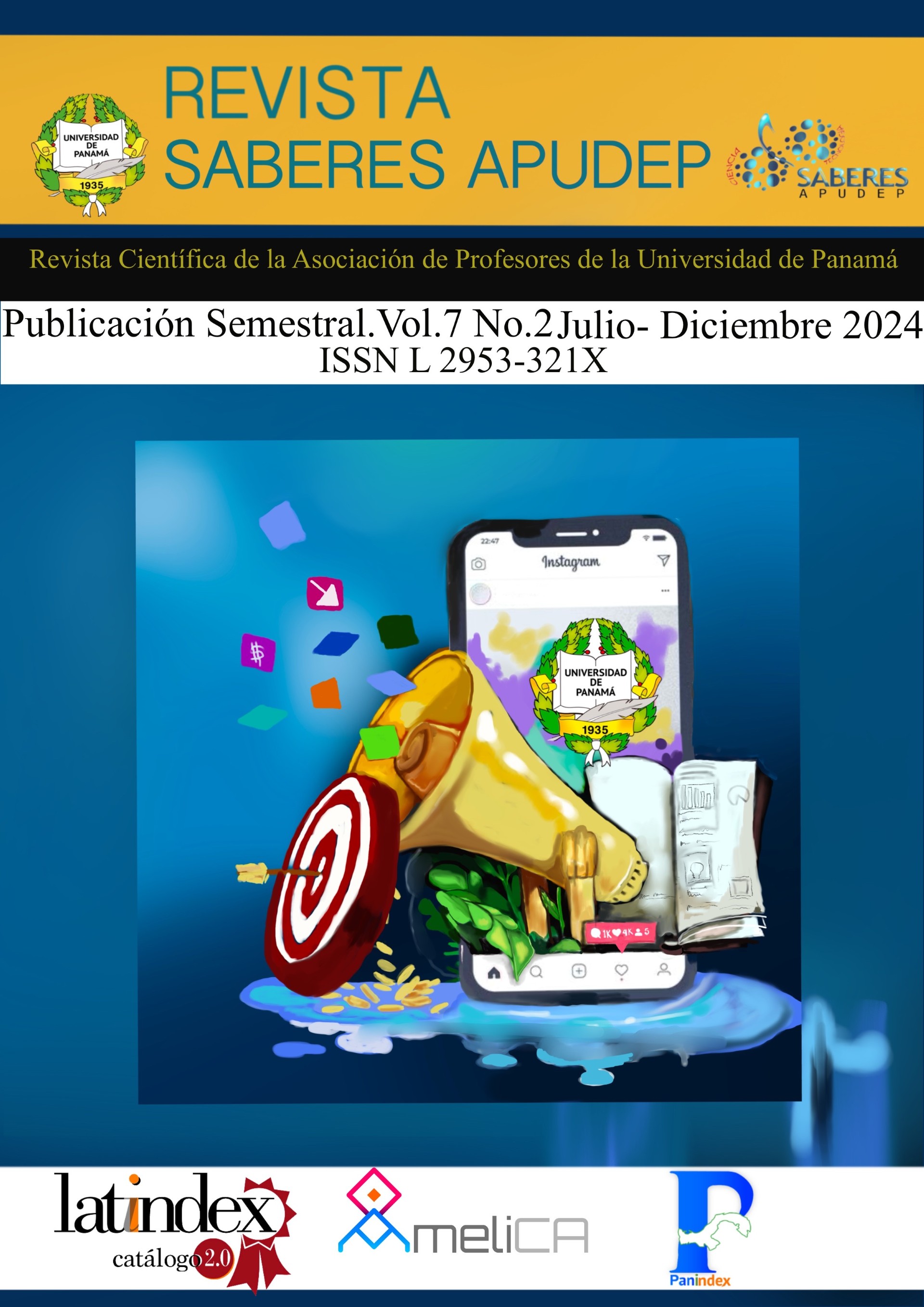

Copyright (c) 2024 Revista Saberes APUDEP

This work is licensed under a Creative Commons Attribution-NonCommercial-ShareAlike 4.0 International License.
"Innovative Teaching Strategies for Teaching Skills in Higher Education" is a broad and multifaceted topic that focuses on improving teaching and learning in the university setting. This approach involves the implementation of novel methods and techniques to facilitate the development of crucial skills in students. These strategies are designed to respond to the changing demands of the educational and work environment, and to prepare students for the challenges of the 21st century. A key aspect of these strategies is the integration of technology in the classroom. This includes the use of online learning platforms, digital tools and multimedia resources to enrich the educational experience. Technology not only facilitates access to a vast amount of information, but also allows for more interactive and personalized teaching methods. , prepares students for an increasingly digitalized world. Another important element is the focus on competency-based learning. This approach focuses on the development of specific skills that are relevant to each student's professional field. Emphasis is placed on hands-on learning, collaborative projects, and real-world problem solving, allowing students to apply what they learn in real-world, practical situations. This contrasts with more traditional teaching methods that often focus on memorization and theory. From this approach, the methodology used in this article was bibliographic, taking content analysis and observation technique as instruments. .